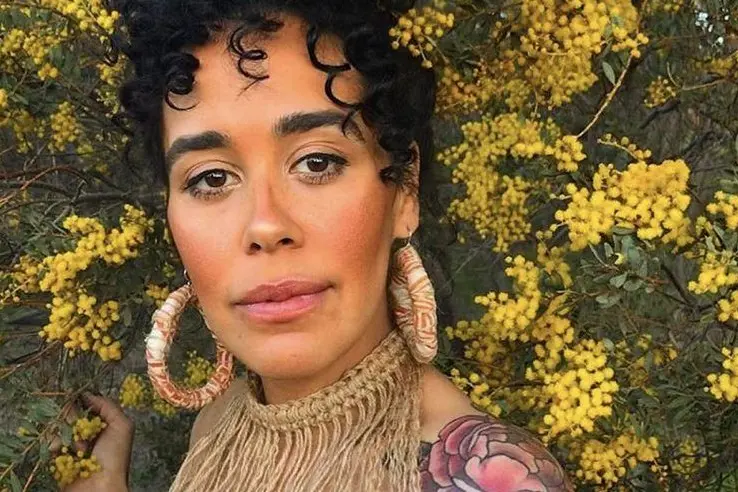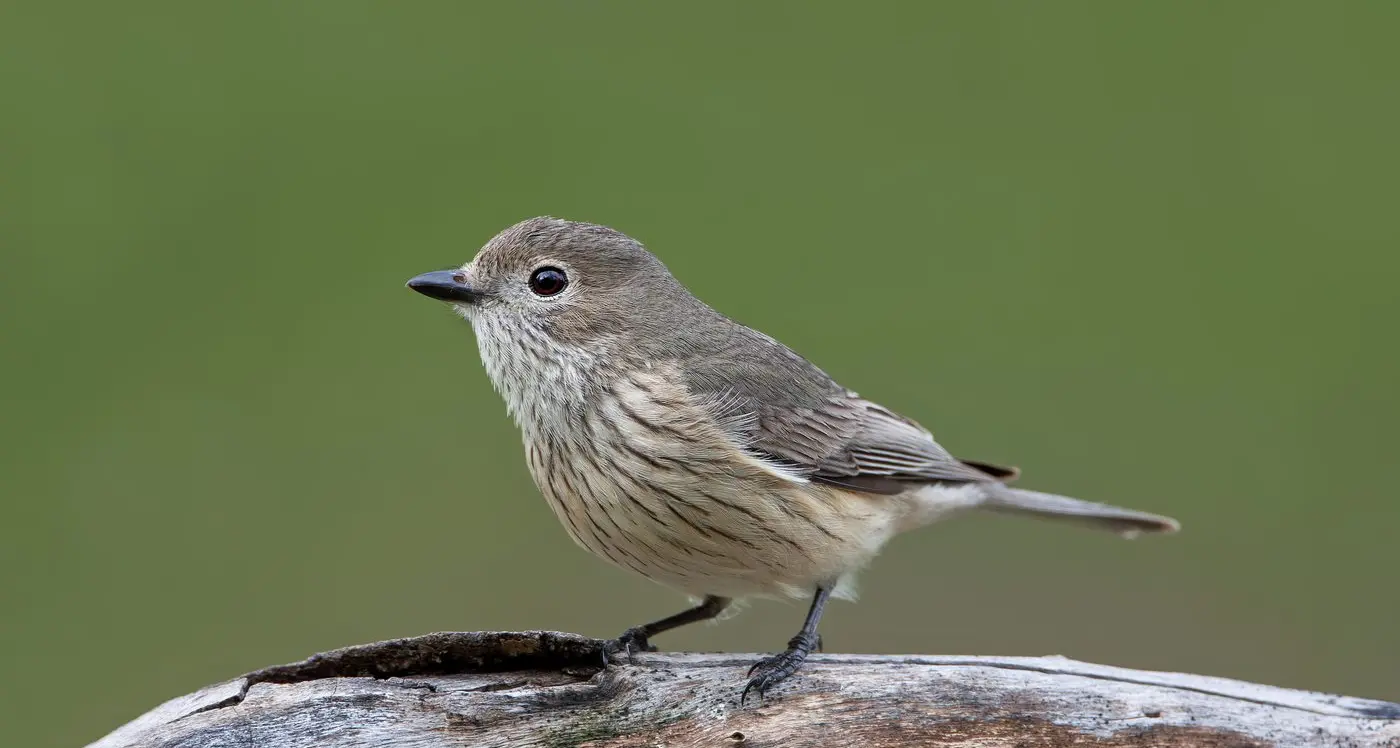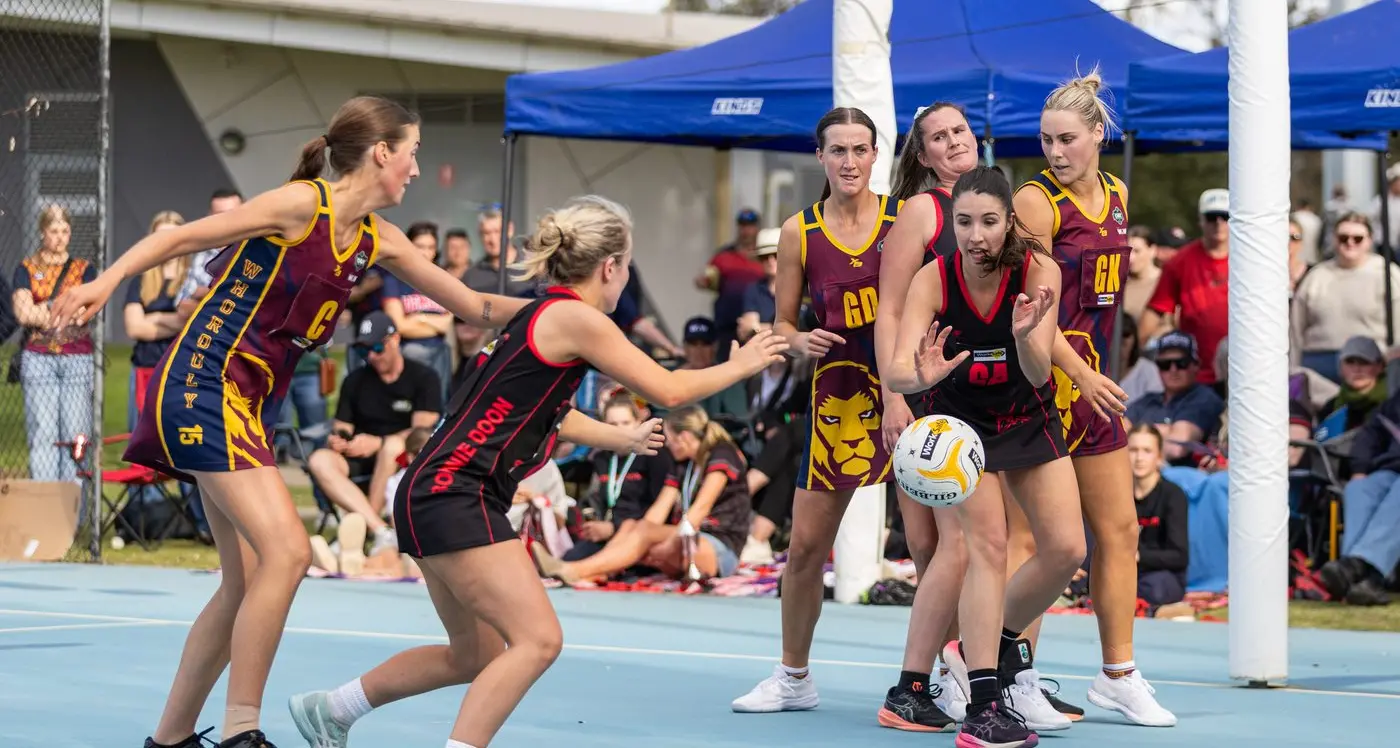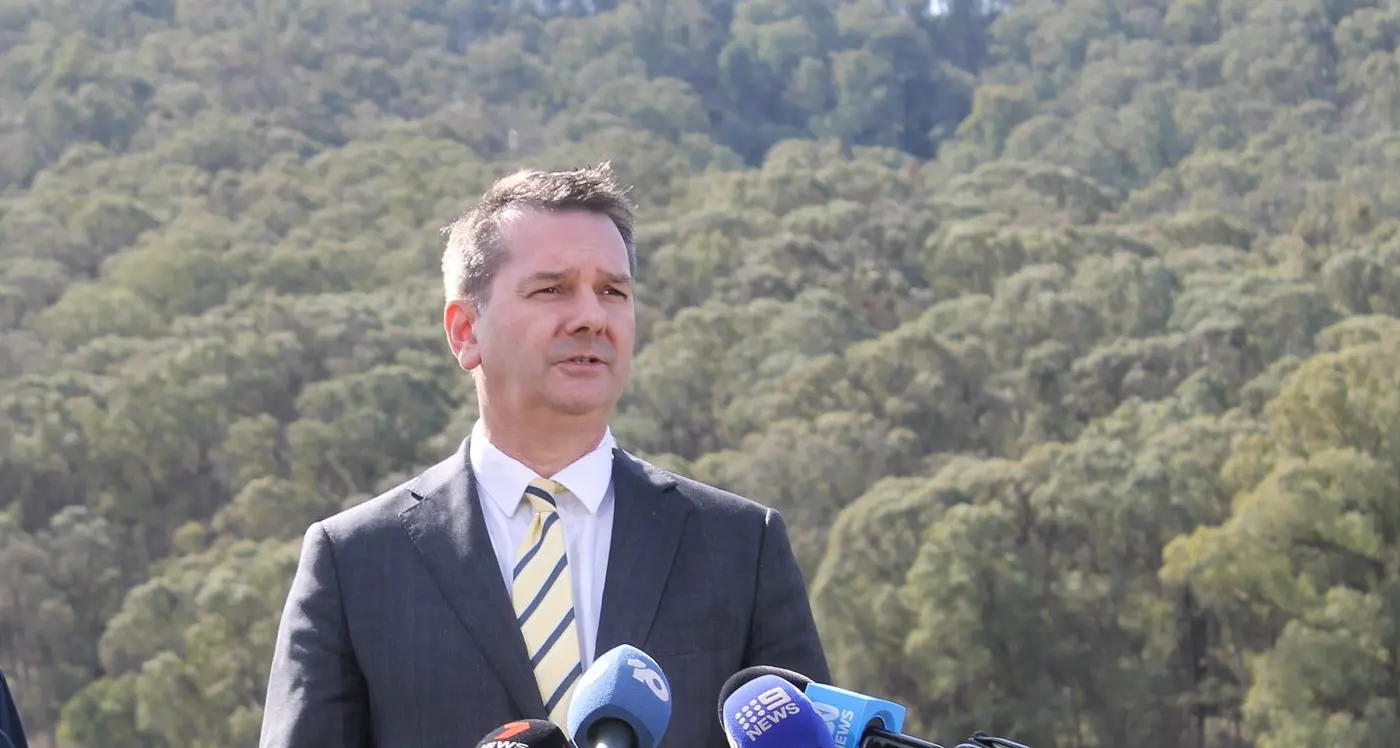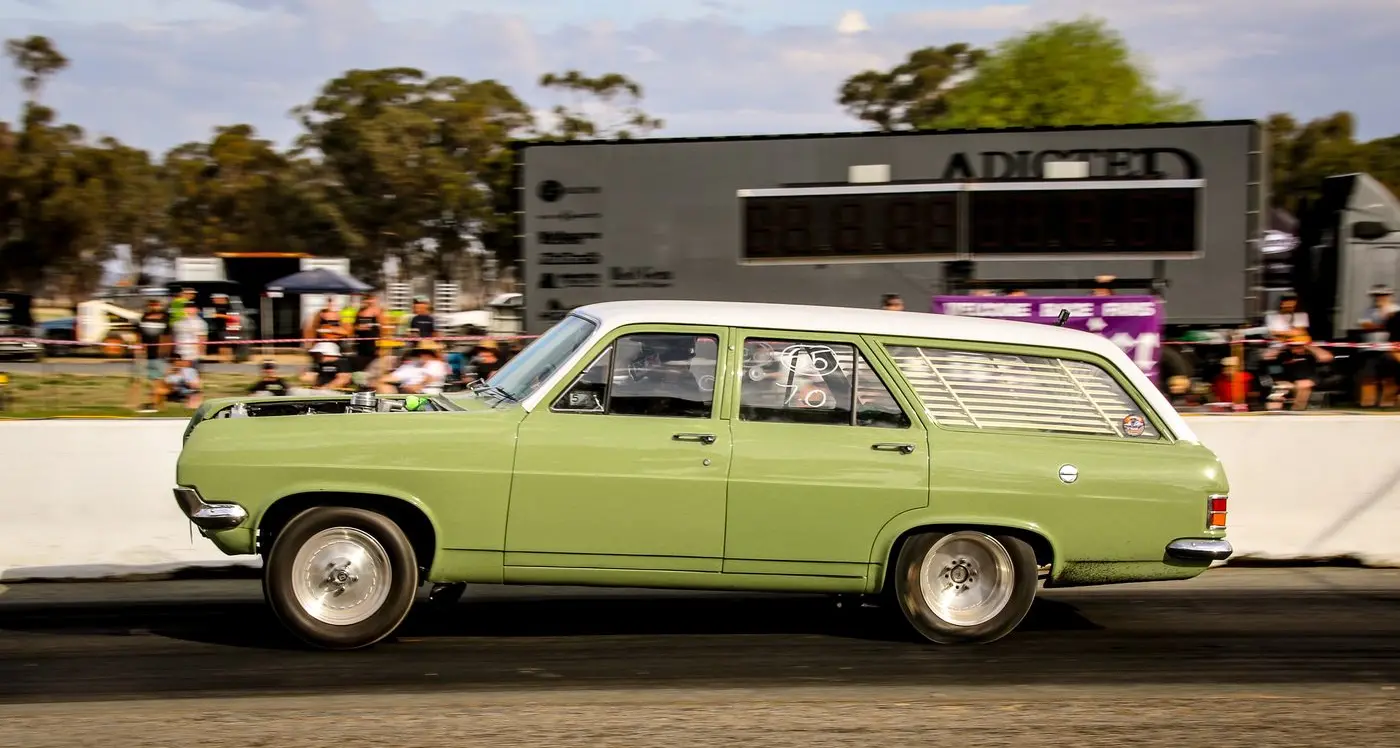PHOTO
Lilliarda Briggs Houston, a Wiradjuri, Yorta Yorta, Gangulu designer and a Narrandera woman, was part of history recently when her fashion label Ngarru Miimi was featured at the 2021 Australian Fashion Week parade at Sydney’s iconic Carriageworks.
Ngarru Miimi featured in a spectacular celebration of Blak excellence as it hit the runway at Australian Fashion Week.
Seven First Nations fashion designers presented their work. They form part of First Nations Fashion + Design (FNFD), a collection of fashion designers, textile artists, jewellery designers, photographers, models and beauty specialists.
Designers showcased were Grace Lillian Lee, AARLI, Amber Days, Nungula Creative, Sown in Time, Ngarru Miimi and Clair Helen.
Ngarru Miimi is a slow ethical fashion label handprinted, designed and constructed on unceded Wiradjuri country by Ms Briggs-Houston. Meaning Honey Sister, the label was established to explore culture, self-determination and sovereignty through fashion and textiles, while showcasing the strength in identity; pride in culture and resilience of Aboriginal Peoples.
“Highlighting and respecting First Nation peoples and history is monumental and a step in the right direction,” Ms Briggs Houston said.
She created a hand-dyed silk dress to mimic the fluid movement of Binyal (river red gum) leaves in the wind.
Models, designers and members of the audience were said to be moved to tears at the epic display of representation and the clear change occurring in Australia’s fashion landscape.
Guests included Jessica Mauboy, Nooky, Sam Harris, Nathan McGuire, Jojo Zaho, Ngaiire, BARKAA, DOBBY, Rachael Hocking, Kristel Kickett, Mahalia Handley and Mitch Tambo.
Lilliarda lives and work on her maternal grandmother’s country in Narrandera as an artist, printmaker and designer for her own ethical and sustainable label.
“My work, in its entirety, reflects my identity and culture. It is entangled with who I am, where I come from and how I move in both Aboriginal and Western worlds. A large part of what I do is strongly linked to my relationship to storytelling,” she said.
“My grandparents were the most captivating story tellers; a question would turn into a two-hour conversation about moments from their life. I truly loved this part of my childhood. I feel it is my role to continue their tradition of storytelling and I choose to do this through textiles and fashion.
“Everything that I make is embedded with values that connect me and share these stories, just as my grandparents did.”
Lillardia said Aboriginal culture was routinely exploited for profit.
“If we had the opportunity to lead our areas of expertise with the support of nonindigenous people, it would be a game changer for us that would directly contribute to our own cultural, social and economic growth, which in turn supports us in our need for self-determination.
“Buy ethical, support art centres and Aboriginal artists and designers directly, and always ask questions if something doesn’t feel right.”
Asked how the young and old could be educated about Aboriginal culture, she said they should look for independent ways to research Aboriginal culture and history from reliable resources. That’s a fantastic way for non-indigenous people to participate.
“Today, there is a wide range of books, online resources and programs that can help educate those wanting to learn,” she said.
“Take it upon yourself to truly understand our history and culture without asking us to do the educating, and when, or if, we do contribute, please listen to our lived experience.”

